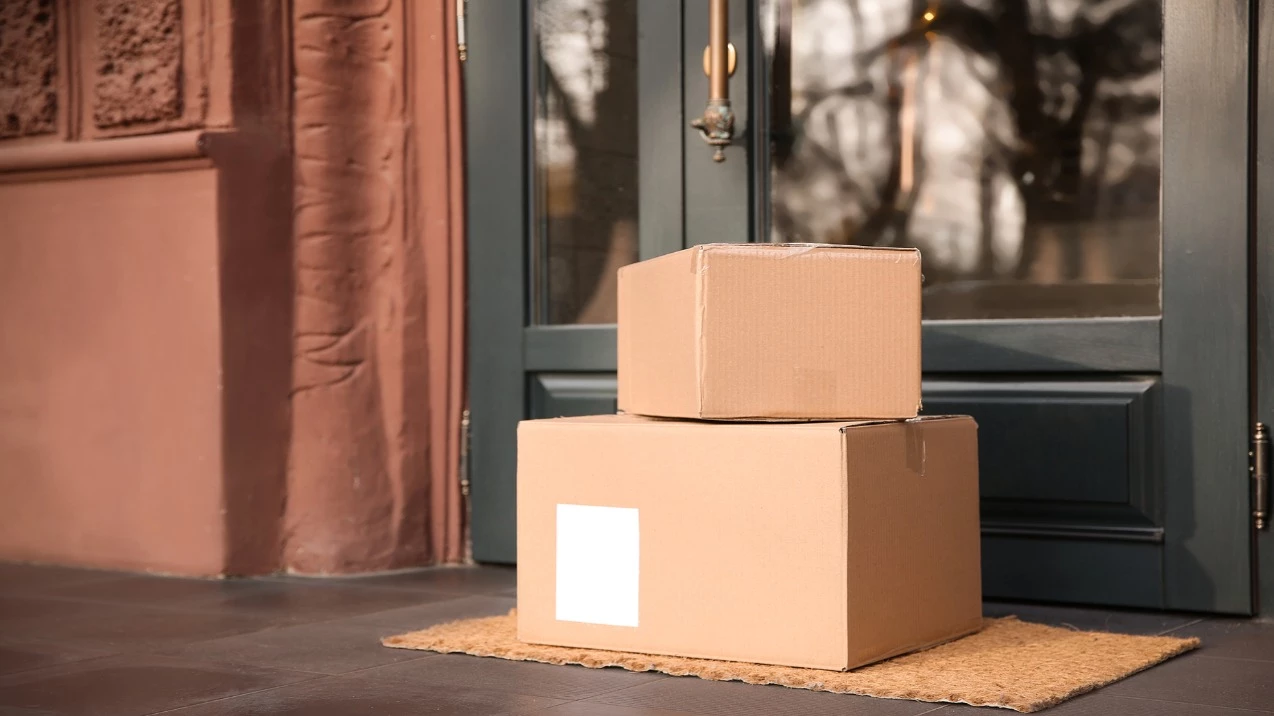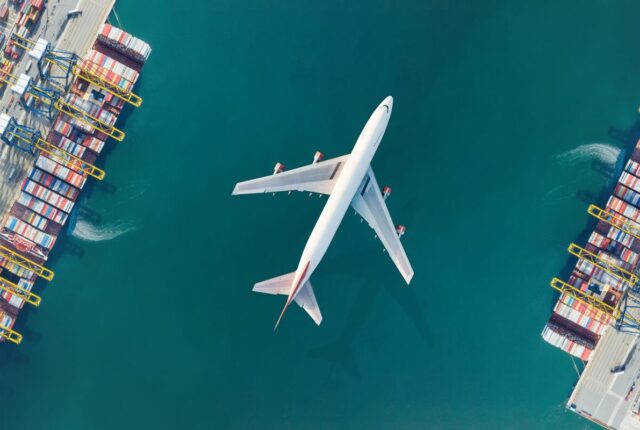
The Latest Victim of the Tariff War: Free Shipping Takes a Hit
Retailers are cutting back on free shipping to offset the steep costs of tariffs.
Some online merchants are eliminating free shipping, while others are raising the amount customers must spend to qualify for the perk as part of broader efforts to pass along higher costs to consumers.
Modern Picnic, which sells lunchboxes designed to look like handbags, recently raised the threshold for shoppers to qualify for free shipping to $300 from $150.
“It was a tough decision,” said Ali Kaminetsky, the company’s founder. “We just had to offset these increases somewhere, and shipping seemed to be one of the more logical places.”
The company now charges $15 for shipping on orders under $300. The fee doesn’t cover all of Modern Picnic’s delivery charges, but it helps mitigate the increased expenses from tariffs and rising shipping costs, Kaminetsky said.
The tactic is one way retailers are looking to cope with tariffs imposed this year by the Trump administration. The administration has set a baseline 10% duty on most countries and 30% on China, and has threatened to raise levies further in the coming months.
Walmart and other big retailers say they plan to pass along some of the costs to customers in the form of higher prices, but haven’t announced changes to their delivery policies. Some companies are asking suppliers to share some of the cost burden. Others are moving production out of China to limit their exposure.
Small businesses that sell directly to consumers online are tinkering with their free shipping thresholds to counteract rising expenses without increasing prices, said Anisa Kumar, chief executive of retail-technology provider Narvar.
Retailers “don’t know how the backlash is going to be if you just show tariffs right there,” Kumar said. Instead, companies are “trying to tighten up on lines like transportation and returns and things that are not as front-facing to consumers as that first shopping price,” she said.
The average minimum-order threshold for retailers to offer free shipping rose to $103 this year from $82 in 2023, according to Narvar.
Orthopedic-shoe seller KURU Footwear recently changed its free-shipping policies in addition to raising prices and shifting some manufacturing out of China. Online shoppers can now either register with a loyalty program to receive free shipping or pay $8.99.
The charge doesn’t cover the company’s full delivery cost, which is more than $10 a package, Chief Financial Officer Matt Barnes said. Still, charging the fee is helping KURU absorb the new levies.
The strategy comes with the risk of driving away online shoppers accustomed to the perk.
Satish Jindel, president of ShipMatrix, which analyzes package-shipping data, said a lack of free shipping “is one of the biggest reasons people abandon a cart.”
“To not have free shipping with any threshold is a recipe for a serious decline in sales,” Jindel said.
KURU’s conversion rate, which measures how many shoppers on the website actually make a purchase, has fallen in recent weeks. “We suspect that it is the shipping that’s causing that,” Barnes said, adding that KURU is re-evaluating the policy.
Online shoppers have grown to expect free shipping since Amazon in 2005 launched its Prime membership with unlimited two-day shipping for an annual fee. The move prompted other retailers to offer free or cheap delivery as a way to spur online sales. But the high cost of shipping has put pressure on profit margins, particularly as delivery costs have climbed.
The average cost to ship a parcel including surcharges is $12.50 today, up from $9.53 in 2019, according to ShipMatrix. Parcel carriers United Parcel Service and FedEx this year raised their average prices 5.9%.
Some online sellers have found customers are willing to pay for shipping. High-end subscription toy seller Lovevery conducted customer research to figure out how to recoup some of the added tariff costs, and discovered eliminating free shipping was “one of the least objectionable things we could do,” said Co-founder and President Roderick Morris.
“We eliminated free shipping for many of our products in the U.S. in late April, and so far we haven’t lost many customers as a result,” Morris said.
As tariff and freight costs continue to climb, retailers are scaling back free shipping to protect their margins. This shift marks a broader adjustment across the supply chain, where cost-efficiency is taking precedence over consumer convenience.
Source: Article






